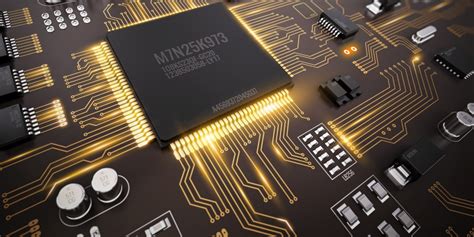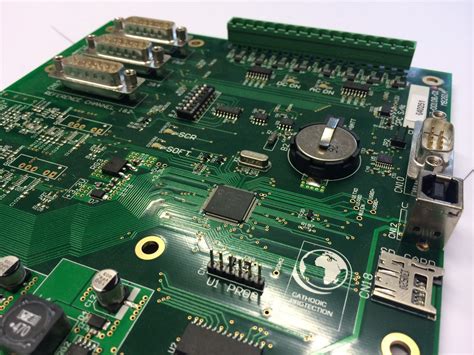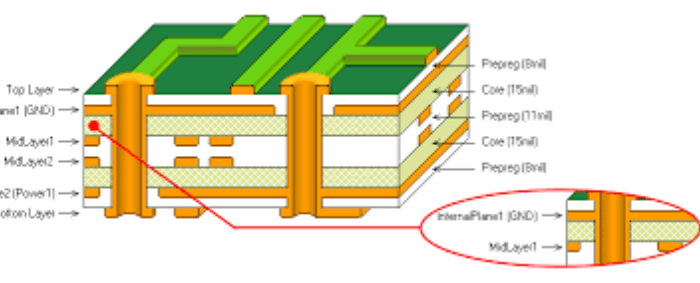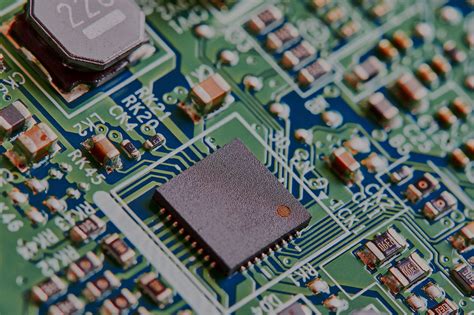Multilayer pcb ground
Importance Of Ground Planes In Multilayer PCBs
In the realm of electronic design, multilayer printed circuit boards (PCBs) have become indispensable due to their ability to support complex circuitry in a compact form. Among the various elements that contribute to the functionality and reliability of these PCBs, ground planes hold a position of paramount importance. Ground planes, essentially large areas of copper foil, serve as a common return path for electric current and play a crucial role in the overall performance of multilayer PCBs.
To begin with, ground planes significantly enhance the electrical performance of a PCB by reducing electromagnetic interference (EMI).
EMI is a common issue in electronic circuits, often leading to signal degradation and malfunction. By providing a low-impedance path for return currents, ground planes help in minimizing the loop area through which these currents travel. This reduction in loop area is instrumental in decreasing the radiation of electromagnetic fields, thereby mitigating EMI. Consequently, the presence of a well-designed ground plane ensures that the PCB operates efficiently without succumbing to the detrimental effects of electromagnetic interference.
Moreover, ground planes contribute to the stability of the power distribution network within a multilayer PCB.
They act as a reference point for all voltage levels in the circuit, ensuring that the power supply remains stable and consistent across different components. This stability is particularly crucial in high-speed digital circuits where even minor fluctuations in voltage levels can lead to significant errors. By maintaining a uniform reference voltage, ground planes help in preserving signal integrity, which is vital for the accurate transmission of data across the PCB.
In addition to enhancing electrical performance, ground planes also play a critical role in thermal management.
As electronic components operate, they generate heat, which, if not properly managed, can lead to overheating and potential failure. Ground planes, with their large surface area, act as effective heat sinks, dissipating heat away from critical components. This thermal management capability is essential in maintaining the longevity and reliability of the PCB, especially in applications where high power densities are involved.
Furthermore, ground planes facilitate the process of impedance control, which is essential for high-frequency applications.
Impedance mismatches can lead to signal reflections and loss, adversely affecting the performance of the circuit. By providing a continuous and uniform reference plane, ground planes enable precise control over the impedance of transmission lines. This control is crucial for ensuring that signals are transmitted with minimal distortion, thereby enhancing the overall performance of the PCB.
In the context of multilayer PCBs, the strategic placement of ground planes is vital.
Designers must carefully consider the stack-up configuration to ensure that ground planes are optimally positioned relative to signal layers. This careful planning not only aids in achieving the desired electrical characteristics but also simplifies the routing process, reducing the complexity and cost of PCB manufacturing.
In conclusion, ground planes are an integral component of multilayer PCBs, offering numerous benefits that enhance the performance, reliability, and longevity of electronic circuits. By reducing electromagnetic interference, stabilizing power distribution, managing thermal loads, and facilitating impedance control, ground planes ensure that multilayer PCBs meet the demanding requirements of modern electronic applications. As technology continues to advance, the importance of ground planes in PCB design will undoubtedly remain a critical consideration for engineers and designers alike.
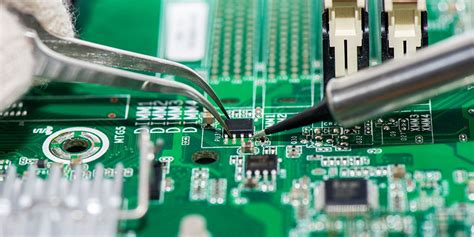
Designing Effective Ground Layers In Multilayer PCBs
In the realm of electronic design, multilayer printed circuit boards (PCBs) have become indispensable due to their ability to support complex circuitry in a compact form. A critical aspect of designing these multilayer PCBs is the effective implementation of ground layers, which play a pivotal role in ensuring the board’s overall performance and reliability. Ground layers serve as a reference point for all voltage levels in the circuit and are essential for minimizing electromagnetic interference (EMI), reducing noise, and providing a stable return path for current.
To begin with, the placement and design of ground layers in a multilayer PCB require careful consideration.
Typically, a multilayer PCB consists of multiple conductive layers separated by insulating materials. Among these layers, the ground layer is often positioned adjacent to the power layer to create a low-inductance path, which is crucial for high-speed signal integrity. By placing the ground layer close to the power layer, designers can effectively reduce the loop area, thereby minimizing the potential for EMI and crosstalk between signals.
Moreover, the concept of a ground plane is integral to the design of ground layers.
A ground plane is a continuous layer of copper that acts as a common return path for current. It is essential to ensure that the ground plane is as unbroken as possible, as discontinuities can lead to increased impedance and potential signal integrity issues. When designing the ground plane, it is advisable to avoid splitting it into multiple sections, as this can create ground loops and increase susceptibility to noise. Instead, maintaining a solid and contiguous ground plane helps in achieving a uniform distribution of current and reduces the risk of voltage drops across the board.
In addition to the physical layout, the electrical characteristics of the ground layer must also be considered.
The thickness of the copper used in the ground layer can significantly impact its performance. Thicker copper layers provide lower resistance and better heat dissipation, which is particularly beneficial in high-power applications. However, the trade-off between cost and performance must be carefully evaluated, as thicker copper can increase manufacturing costs.
Furthermore, the concept of grounding is not limited to a single layer.
In many multilayer PCBs, multiple ground layers are employed to enhance performance. These layers can be connected through vias, which are small conductive pathways that allow electrical connection between different layers. Properly placed vias can help in distributing the ground potential evenly across the board and reduce the inductance of the return path. However, it is crucial to avoid excessive use of vias, as they can introduce parasitic inductance and capacitance, potentially degrading signal quality.
In conclusion, designing effective ground layers in multilayer PCBs is a multifaceted task that requires a balance between physical layout, electrical characteristics, and cost considerations. By strategically placing ground layers, maintaining a continuous ground plane, and optimizing the use of vias, designers can significantly enhance the performance and reliability of their PCBs. As electronic devices continue to evolve, the importance of well-designed ground layers in multilayer PCBs will only grow, underscoring their critical role in modern electronic design.
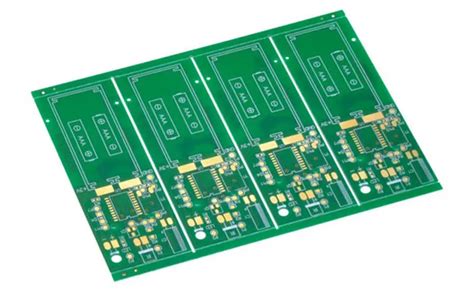
Common Mistakes In Multilayer PCB Grounding
In the realm of electronics design, multilayer printed circuit boards (PCBs) are indispensable due to their ability to support complex circuitry in a compact form. However, the effectiveness of these PCBs is heavily reliant on proper grounding techniques. Grounding, a fundamental aspect of PCB design, ensures signal integrity, reduces electromagnetic interference (EMI), and enhances overall device performance. Despite its importance, several common mistakes are frequently encountered in multilayer PCB grounding, which can lead to suboptimal performance or even complete failure of the electronic device.
One prevalent mistake is the improper separation of analog and digital grounds.
In multilayer PCBs, it is crucial to maintain distinct ground planes for analog and digital circuits to prevent noise from digital components from affecting sensitive analog signals. Designers often overlook this separation, leading to increased noise levels and degraded signal quality. To mitigate this issue, it is advisable to connect the analog and digital grounds at a single point, often referred to as a star point, to minimize noise coupling.
Another common error is the inadequate use of vias for ground connections.
Vias are essential for connecting different layers of a PCB, and their strategic placement is vital for effective grounding. Insufficient or poorly placed vias can result in increased ground impedance, which in turn can cause voltage drops and signal integrity issues. To address this, designers should ensure that vias are placed close to the components they serve and are used liberally to provide low-impedance paths to the ground plane.
Furthermore, neglecting the importance of a continuous ground plane is a frequent oversight.
A continuous ground plane acts as a reference point for all signals and helps in reducing EMI. Interruptions in the ground plane, such as slots or cuts, can create loop areas that act as antennas, radiating unwanted noise. To avoid this, designers should strive to maintain an uninterrupted ground plane, especially beneath critical signal traces, and avoid routing signal traces over gaps in the ground plane.
Additionally, the placement of decoupling capacitors is often mishandled.
These capacitors are crucial for filtering out high-frequency noise and stabilizing power supply voltages. A common mistake is placing them too far from the power pins of integrated circuits, which diminishes their effectiveness. To optimize their performance, decoupling capacitors should be placed as close as possible to the power pins, with a direct and short path to the ground plane.
Moreover, the failure to consider the return path of high-speed signals is another frequent pitfall.
High-speed signals require a clear and direct return path to minimize loop area and reduce EMI. Designers sometimes neglect to provide a proper return path, leading to increased loop inductance and potential signal integrity issues. Ensuring that the return path is directly beneath the signal trace and on the adjacent ground plane can significantly mitigate these problems.
In conclusion, while multilayer PCB grounding is a complex and nuanced aspect of electronics design, avoiding these common mistakes can greatly enhance the performance and reliability of the final product. By carefully considering the separation of ground planes, strategic placement of vias, maintenance of a continuous ground plane, optimal placement of decoupling capacitors, and ensuring clear return paths for high-speed signals, designers can effectively minimize noise and EMI, thereby ensuring the integrity and functionality of their multilayer PCBs.

Techniques For Optimizing Ground Connections In Multilayer PCBs
In the realm of electronic design, multilayer printed circuit boards (PCBs) have become indispensable due to their ability to support complex circuitry in a compact form. A critical aspect of multilayer PCB design is the optimization of ground connections, which plays a pivotal role in ensuring signal integrity, reducing electromagnetic interference (EMI), and enhancing overall device performance. To achieve these objectives, several techniques can be employed, each contributing to the robustness and reliability of the electronic system.
One fundamental technique is the implementation of a dedicated ground plane.
By allocating an entire layer of the PCB to serve as a ground plane, designers can significantly reduce the impedance of the ground path. This reduction in impedance is crucial for minimizing voltage drops and ensuring a stable reference voltage across the board. Moreover, a continuous ground plane acts as a shield against electromagnetic interference, thereby protecting sensitive signal traces from external noise sources. The presence of a ground plane also facilitates the creation of controlled impedance traces, which are essential for high-speed signal transmission.
In addition to dedicated ground planes, the strategic placement of vias is another technique that can enhance ground connections.
Vias, which are conductive pathways that connect different layers of a PCB, should be placed judiciously to ensure efficient current flow between layers. By placing multiple vias around critical components and along the edges of the board, designers can create a low-resistance path for return currents. This practice not only improves the grounding but also helps in reducing loop areas, which are potential sources of EMI.
Furthermore, the use of stitching vias is a technique that can be employed to connect ground planes across multiple layers.
Stitching vias are particularly useful in multilayer PCBs where multiple ground planes exist. By interconnecting these planes, designers can ensure a uniform ground potential throughout the board, thereby minimizing ground loops and potential differences that could lead to signal integrity issues. This technique is especially beneficial in high-frequency applications where even minor discrepancies in ground potential can have significant adverse effects.
Another important consideration is the separation of analog and digital grounds.
In mixed-signal designs, where both analog and digital circuits coexist, it is crucial to isolate these grounds to prevent digital noise from contaminating sensitive analog signals. This can be achieved by creating separate ground planes for analog and digital sections and connecting them at a single point, often referred to as a star ground. This approach helps in maintaining signal integrity by confining noise to its respective domain.
Moreover, careful routing of signal traces with respect to the ground plane is essential.
Signal traces should be routed in close proximity to the ground plane to minimize loop areas and ensure a low-inductance return path. This practice is particularly important for high-speed signals, where any deviation from the optimal path can result in signal distortion and increased EMI.
In conclusion, optimizing ground connections in multilayer PCBs is a multifaceted process that requires careful consideration of various design techniques. By employing dedicated ground planes, strategic via placement, stitching vias, separation of analog and digital grounds, and meticulous signal routing, designers can enhance the performance and reliability of their electronic systems. These techniques, when applied judiciously, contribute to the creation of robust PCBs capable of meeting the demands of modern electronic applications.

